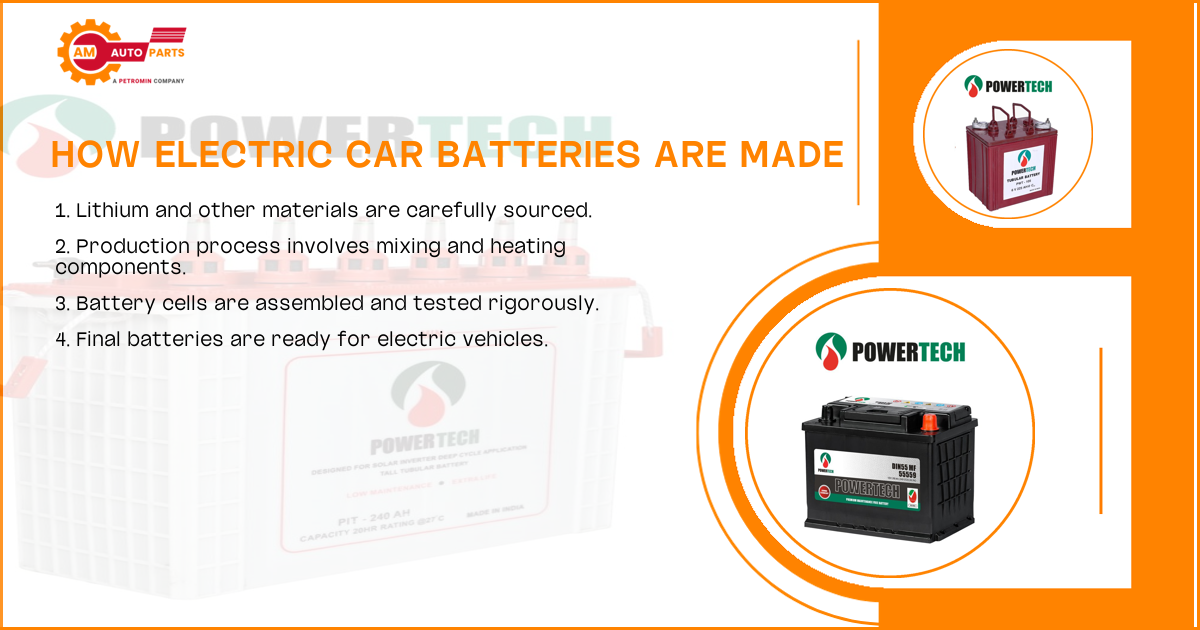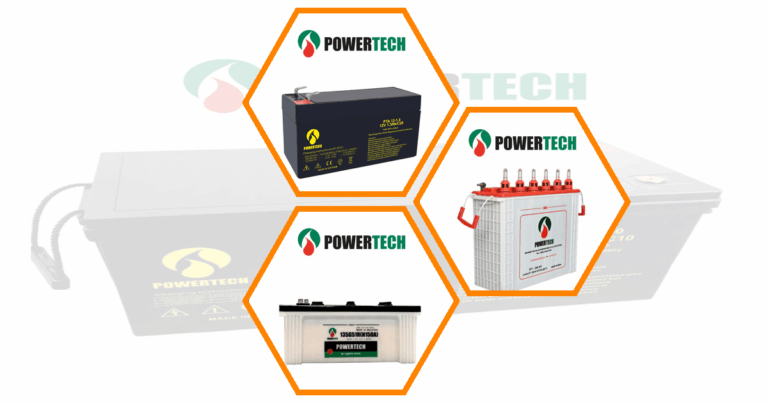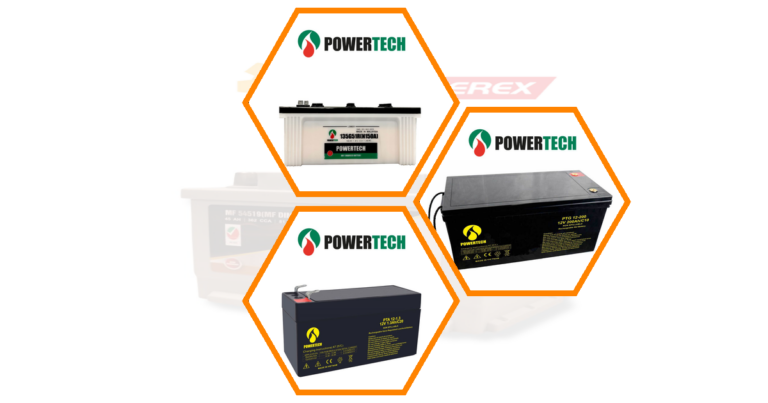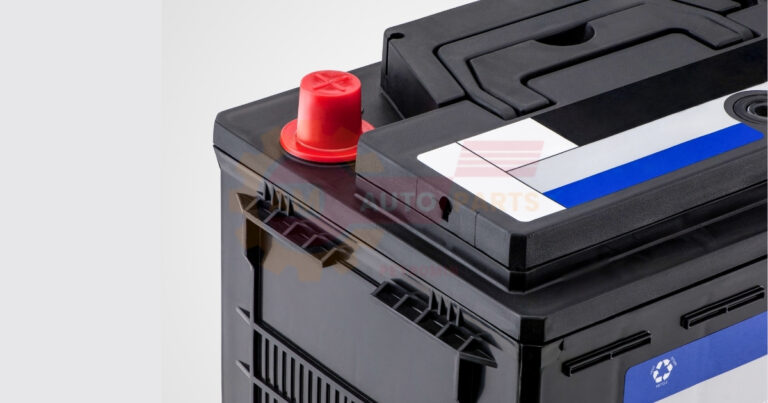How Electric Car Batteries Are Made: Components, Process, and Materials
Electric vehicles (EVs) are revolutionizing the automotive industry, and at the heart of this transformation are electric car batteries. Understanding how electric car batteries are made, what they are made of, and the processes involved in their production is crucial for anyone interested in the future of transportation. This article delves into the intricate world of EV battery manufacturing, exploring the components, materials, and processes that bring these powerful energy sources to life.
What Are Electric Car Batteries Made Of
Key Components of EV Batteries
Electric car batteries are complex systems composed of several key components. The most critical component is the battery cell, which stores and releases energy. These cells are grouped into modules, which are then assembled into battery packs. Each cell contains electrodes, an electrolyte, and a separator. The electrodes, typically made of lithium compounds, facilitate the flow of ions, while the electrolyte allows ions to move between the electrodes. The separator prevents short circuits by keeping the electrodes apart.
- Battery Cells : The fundamental units that store energy.
- Modules : Groups of cells working together.
- Battery Packs : Assemblies of modules providing power to the vehicle.
- Electrodes : Made of lithium compounds, crucial for ion flow.
- Electrolyte : Facilitates ion movement between electrodes.
- Separator : Prevents short circuits by separating electrodes.
Common Materials Used in EV Battery Production
The production of electric car batteries relies on a variety of materials. Lithium is the most well-known, but other materials like cobalt, nickel, and manganese are also essential. These materials are used in different combinations to create the cathode and anode, the two electrodes in a battery cell. The choice of materials affects the battery’s performance, lifespan, and cost.
- Lithium : Essential for energy storage.
- Cobalt : Enhances battery stability.
- Nickel : Increases energy density.
- Manganese : Improves safety and performance.
- Graphite : Commonly used for the anode.
Types of EV Battery Cells
There are several types of battery cells used in electric vehicles, each with its own advantages and disadvantages. The most common types are cylindrical, prismatic, and pouch cells. Cylindrical cells are known for their durability and ease of manufacturing. Prismatic cells offer higher energy density and better space utilization. Pouch cells are lightweight and flexible, making them ideal for custom battery designs.
- Cylindrical Cells : Durable and easy to manufacture.
- Prismatic Cells : High energy density and efficient space use.
- Pouch Cells : Lightweight and flexible for custom designs.
How Are Electric Car Batteries Manufactured
Upstream Production Process
The upstream production process involves the extraction and processing of raw materials. This includes mining lithium, cobalt, and other essential minerals. These materials are then refined and processed into battery-grade compounds. The quality of these materials is crucial, as impurities can affect battery performance and safety.
- Mining : Extraction of lithium, cobalt, and other minerals.
- Refining : Processing raw materials into battery-grade compounds.
- Quality Control : Ensuring material purity for optimal performance.
Midstream Manufacturing Steps
In the midstream phase, the processed materials are used to create battery cells. This involves mixing the active materials to form a slurry, which is then coated onto a metal foil to create electrodes. The electrodes are assembled with separators and electrolytes to form cells. These cells undergo rigorous testing to ensure they meet performance and safety standards.
- Slurry Mixing : Combining active materials for electrode production.
- Electrode Coating : Applying slurry to metal foils.
- Cell Assembly : Combining electrodes, separators, and electrolytes.
- Testing : Ensuring cells meet performance and safety standards.
Downstream Assembly and Integration
The downstream process involves assembling the cells into modules and battery packs. This step requires precision and expertise, as the cells must be connected in a way that maximizes performance and safety. The completed battery packs are then integrated into electric vehicles, where they undergo further testing to ensure they function correctly within the vehicle’s systems.
- Module Assembly : Grouping cells into modules.
- Battery Pack Assembly : Integrating modules into complete packs.
- Vehicle Integration : Installing battery packs in EVs.
- Final Testing : Ensuring compatibility with vehicle systems.
The EV Battery Supply Chain Explained
Raw Material Sourcing
The supply chain for electric car batteries begins with the sourcing of raw materials. This involves not only mining but also securing sustainable and ethical sources. The demand for these materials is high, and ensuring a steady supply is crucial for the growth of the EV industry.
- Ethical Sourcing : Ensuring materials are obtained responsibly.
- Supply Chain Management : Maintaining a steady flow of materials.
- Sustainability : Reducing environmental impact of mining.
Battery Cell Production
Once raw materials are sourced, they are transformed into battery cells. This process involves several stages, including material preparation, cell assembly, and quality control. Each stage is critical to producing high-performance, reliable battery cells.
- Material Preparation : Converting raw materials into usable forms.
- Cell Assembly : Creating cells from prepared materials.
- Quality Assurance : Testing cells for performance and safety.
Battery Pack Assembly
The final stage in the supply chain is the assembly of battery packs. This involves combining cells into modules and integrating them into complete battery packs. The packs are then tested to ensure they meet the required standards for use in electric vehicles.
- Module Integration : Assembling cells into modules.
- Pack Construction : Building complete battery packs.
- Performance Testing : Verifying pack functionality and safety.
Sustainability Challenges in EV Battery Production
Environmental Impact of Battery Manufacturing
The production of electric car batteries has significant environmental impacts. Mining for raw materials can lead to habitat destruction and pollution. Additionally, the manufacturing process itself consumes large amounts of energy and water. Addressing these issues is crucial for the sustainable growth of the EV industry.
- Habitat Destruction : Caused by mining activities.
- Pollution : Resulting from material extraction and processing.
- Resource Consumption : High energy and water use in manufacturing.
Efforts to Improve Sustainability in Battery Production
To mitigate the environmental impact of battery production, companies are investing in sustainable practices. This includes developing more efficient manufacturing processes, recycling materials, and using renewable energy sources. These efforts aim to reduce the carbon footprint of battery production and make EVs a truly green alternative.
- Efficient Manufacturing : Reducing energy and water use.
- Material Recycling : Recovering valuable materials from used batteries.
- Renewable Energy : Powering production with sustainable sources.
The Future of EV Battery Technology
Emerging Battery Technologies
The future of electric car batteries is bright, with new technologies on the horizon. Solid-state batteries, for example, promise higher energy density and improved safety. Other innovations include lithium-sulfur and lithium-air batteries, which could offer even greater performance and efficiency.
- Solid-State Batteries : Higher energy density and safety.
- Lithium-Sulfur Batteries : Potential for greater performance.
- Lithium-Air Batteries : Promising efficiency improvements.
Advancements in Battery Recycling
Recycling is a key component of sustainable battery production. Advances in recycling technology are making it possible to recover more materials from used batteries. This not only reduces waste but also decreases the demand for new raw materials, helping to preserve natural resources.
- Improved Recycling Techniques : Recovering more materials from used batteries.
- Waste Reduction : Minimizing environmental impact.
- Resource Preservation : Decreasing demand for new materials.
EV Battery Production Statistics
According to the International Energy Agency, global electric car sales reached 6.6 million in 2021, more than doubling from 2020. This surge in demand highlights the growing importance of efficient and sustainable battery production. As the market continues to expand, advancements in battery technology and manufacturing processes will be crucial to meeting consumer needs.
Year | Global EV Sales (Millions) |
2020 | 3.0 |
2021 | 6.6 |
Comparing EV Batteries to Traditional Car Batteries
Chemical Differences
Electric car batteries and traditional car batteries differ significantly in their chemical composition. EV batteries typically use lithium-ion technology, which offers higher energy density and longer lifespan. In contrast, traditional car batteries often use lead-acid chemistry, which is less efficient and has a shorter lifespan.
- Lithium-Ion vs. Lead-Acid : Different chemical compositions.
- Energy Density : Higher in lithium-ion batteries.
- Lifespan : Longer for lithium-ion compared to lead-acid.
Capacity and Performance
The capacity and performance of electric car batteries far exceed those of traditional car batteries. EV batteries are designed to store large amounts of energy, providing the power needed for long-distance travel. They also offer faster charging times and better efficiency, making them ideal for modern transportation needs.
- Energy Storage : Greater capacity in EV batteries.
- Charging Speed : Faster for electric car batteries.
- Efficiency : Higher in EV batteries compared to traditional ones.
The Role of Battery Management Systems in EVs
Functions of Battery Management Systems
Battery management systems (BMS) play a crucial role in the operation of electric car batteries. They monitor and control the battery’s performance, ensuring it operates safely and efficiently. BMS also manage the charging and discharging processes, preventing overcharging and overheating.
- Performance Monitoring : Ensures safe and efficient operation.
- Charge Control : Manages charging and discharging processes.
- Safety Features : Prevents overcharging and overheating.
Importance for Battery Longevity
A well-designed battery management system is essential for extending the lifespan of electric car batteries. By maintaining optimal operating conditions, BMS help prevent premature degradation and ensure the battery remains reliable over time. This is crucial for maximizing the value and performance of electric vehicles.
- Optimal Conditions : Maintains ideal operating environment.
- Degradation Prevention : Reduces wear and tear on the battery.
- Reliability : Ensures long-term performance and value.
EV Battery Recycling and End-of-Life Management
Current Recycling Processes
Current recycling processes for electric car batteries focus on recovering valuable materials like lithium, cobalt, and nickel. These processes involve dismantling the battery packs, extracting the materials, and refining them for reuse. While effective, these methods are continually being improved to increase efficiency and reduce environmental impact.
- Material Recovery : Extracting valuable components from used batteries.
- Dismantling : Breaking down battery packs for recycling.
- Refinement : Processing recovered materials for reuse.
Challenges in Battery Recycling
Despite advancements, battery recycling faces several challenges. The complexity of battery designs and the variety of materials used make recycling difficult. Additionally, the cost of recycling can be high, limiting its widespread adoption. Addressing these challenges is essential for creating a sustainable battery lifecycle.
- Design Complexity : Varied materials and structures complicate recycling.
- High Costs : Expensive processes limit adoption.
- Sustainability Goals : Overcoming challenges to create a closed-loop system.
The Impact of EV Battery Production on Global Resources
Demand for Critical Minerals
The production of electric car batteries drives significant demand for critical minerals like lithium, cobalt, and nickel. This demand has implications for global resource availability and pricing. Ensuring a stable supply of these minerals is crucial for the continued growth of the EV industry.
- Resource Availability : Ensuring sufficient supply of critical minerals.
- Pricing Implications : Demand affects global market prices.
- Industry Growth : Stable supply is essential for expansion.
Efforts to Secure Sustainable Supply Chains
To address the challenges of resource demand, companies are working to secure sustainable supply chains. This includes investing in ethical mining practices, developing alternative materials, and improving recycling processes. These efforts aim to reduce the environmental impact of battery production and ensure long-term resource availability. Automotive battery connection Electrical system malfunctions When things that use electricity stop working right or don’t work at all it’s called electrical system malfunctions These problems can happen in homes cars or other places that use electricity
Car battery replacement timing Most car batteries last 3 to 5 years before needing replacement but this can vary based on climate and driving habits so it’s important to check your battery regularly and replace it when it shows signs of weakness Ideal car voltage A car battery should have about 12 to 14 volts for the vehicle to run properly
Charge depleted battery means your device has no power left You need to plug it in to recharge the Battery Issues Symptoms can include your device turning off suddenly or not holding a charge for very long
Car battery recommendations Choose a battery that fits your car’s size and power needs and replace it every 3 to 5 years to keep your vehicle running smoothly Battery selection guide Choose the right battery for your device by looking at size voltage and how long it lasts
- Ethical Mining : Promoting responsible extraction practices.
- Alternative Materials : Researching substitutes for critical minerals.
- Improved Recycling : Enhancing processes to recover more materials.
FAQ’s
How much does an electric car battery weigh?
The weight of an electric car battery varies depending on the vehicle model and capacity, but typically ranges from 400 to 1,200 pounds. This weight is a significant factor in the overall design and performance of electric vehicles. Manufacturers strive to balance battery weight with energy capacity to optimize efficiency.
What determines the range of an electric car battery?
The range of an electric car battery is determined by factors such as battery capacity, vehicle efficiency, driving conditions, and temperature. Larger batteries generally offer longer ranges, but efficiency and external conditions also play a crucial role. Manufacturers continuously work to improve these factors to extend the range of electric vehicles.
Can electric car batteries be replaced?
Yes, electric car batteries can be replaced, but it’s a significant expense. Many manufacturers offer warranties on EV batteries for 8-10 years or 100,000 miles. This ensures that consumers have some protection against premature battery failure, although replacement costs can still be substantial.
What happens to electric car batteries when they reach end-of-life?
When electric car batteries reach end-of-life, they can be recycled to recover valuable materials or repurposed for stationary energy storage applications. Recycling helps reduce waste and conserve resources, while repurposing extends the useful life of the batteries. These options contribute to a more sustainable lifecycle for electric car batteries.
How often do electric car batteries need to be replaced?
Most electric car batteries are designed to last the lifetime of the vehicle, typically 10-20 years, before needing replacement. The longevity of these batteries depends on factors such as usage patterns, maintenance, and environmental conditions. Manufacturers provide warranties to offer consumers peace of mind regarding battery lifespan.
What is the main component of an electric car battery?
The main component of an electric car battery is typically lithium-ion cells, which store and release energy to power the vehicle. These cells are crucial for the battery’s performance and efficiency. They are designed to provide a high energy density, making them ideal for electric vehicles.
How long does it take to manufacture an electric car battery?
The manufacturing process for an electric car battery can take several weeks to complete, from raw material processing to final assembly. This time frame includes the extraction and refinement of materials, cell production, and battery pack assembly. Each step is essential to ensure the battery meets quality and safety standards.
Are electric car batteries recyclable?
Yes, electric car batteries are recyclable. According to the U.S. Department of Energy, up to 95% of the materials in lithium-ion batteries can be recycled and reused. This process helps reduce waste and conserve valuable resources, making electric vehicles more sustainable.






